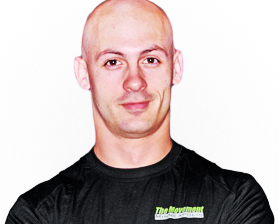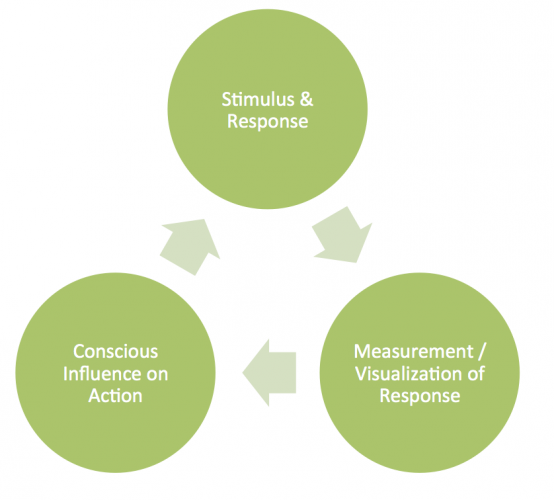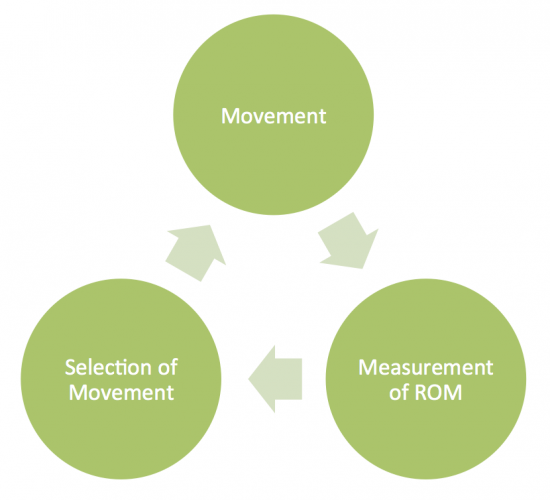This challenge, something as close to cardio as I get except for the occasional Lift Weights Faster workout, is one of my favorite feats I’ve ever worked on. It’s deceptively simple which may have you looking at it and thinking “that’s it?” I probably had the same reaction when Adam T. Glass issued the challenge to me because I know it took several months to achieve it.
So, let’s see you give it a shot.
The challenge is 500 16kg (35lbs) push presses in 15 minutes for men, 12kg for women.
I personally prefer a kettlebell for this challenge, but you can do what you feel.
You may switch hands as often as you like, and you can rest or do whatever you want but I assure you there is little time for anything but push pressing.






